As we age, maintaining a healthy gut becomes increasingly important for overall well-being and healthy ageing. One of the most powerful allies in this process is fiber. While most of us are familiar with fiber’s role in digestive health, its impact on the gut microbiome and broader bodily functions, especially as we age, is often overlooked. Let’s dive into how fiber can support gut health in ageing, why it matters, and the best sources to incorporate into your diet.
How Ageing Affects Gut Health
Age-Related Changes in the Gut
As we age, the gut undergoes structural changes that can reduce nutrient absorption by 20-30% in adults over 70 [1]. These changes include a thinning mucosal lining and slower gut motility.
"The ageing gut shows 2-3x increased populations of inflammation-promoting bacteria that trigger inflammatory responses, compromising nutrient absorption and immune function", according to research [2][1].
These changes don't just affect nutrition - they also impact how the body absorbs medications. Drug absorption can vary by 40-60% in older adults, making precise dosage adjustments essential. Addressing these shifts often requires tailored nutritional strategies, such as increasing dietary fiber to support gut health.
Gut Microbiome and Ageing Well
The composition of the gut microbiome shifts significantly with age. Beneficial bacteria, such as Bacteroides, can decrease by 30-50% in adults over 70 [2]. These changes directly affect the gut's ability to ferment fiber, a process critical for maintaining overall health.
Dental health also plays a surprising role in gut health. Poor dental health can reduce the intake of fibrous foods by up to 60%, which in turn affects microbiome diversity. For example, individuals with dental issues often have 45% lower levels of Prevotella bacteria, which are essential for breaking down plant-based foods [2][1].
Fiber-Related Gut Health Indicators
| Biomarker | Warning Level | Indication |
|---|---|---|
| Fecal calprotectin | >50 μg/g | Intestinal inflammation |
| Butyrate concentration | <8 mmol/kg | Reduced gut barrier function |
| Microbial diversity score | <3.5 | Compromised microbiome health |
The link between gut bacteria and immune function becomes even more critical with age. For instance, the population of fiber-fermenting bacteria like Faecalibacterium prausnitzii can drop by 50% in older adults, which is directly associated with weaker vaccine responses [2].
Fiber's Key Functions in Gut Health
Different Fiber Types and Their Effects
As we age, our gut undergoes changes that make certain types of fiber increasingly important.
Soluble fiber, found in foods like oats and beans, helps regulate digestion and maintain stable blood sugar levels. Insoluble fiber, from whole grains and vegetables, is essential for keeping things moving - especially since nearly 40% of people over 65 experience slower gut motility.
Prebiotic fiber, which is fermentable and found in foods like garlic and onions, acts as food for beneficial gut bacteria. This is crucial for older adults, as they often experience a decline in Bacteroides, a key group of gut microbes [2].
| Fiber Type | Daily Target | Key Sources | Age-Related Benefits |
|---|---|---|---|
| Soluble | 6-8g | Oats, beans, apples | Helps manage cholesterol |
| Insoluble | 10-12g | Whole grains, nuts | Reduces constipation risk |
| Prebiotic | 5-8g | Garlic, onions, bananas | Supports gut bacteria growth |
How SCFAs Help Your Gut
These fiber types work together to produce short-chain fatty acids (SCFAs), which are essential for gut health, especially as we age. When beneficial bacteria ferment fiber, they produce SCFAs like butyrate, which play a key role in maintaining gut function [1].
SCFAs help fortify the intestinal barrier by boosting mucus production. Research shows that people on high-fiber diets have 40% lower markers of inflammation compared to those consuming less fiber [1].
Beyond gut health, SCFAs offer additional protection. Studies reveal they can reduce the risk of colorectal cancer by 27%, thanks to their anti-carcinogenic effects. This is especially important since colorectal cancer rates increase significantly after age 65.
Ways to Add More Fiber to Your Diet
Simple Steps to Eat More Fiber
Adding more fiber to your meals doesn’t have to be complicated. Here are a few easy ways to include fiber-rich foods in your diet:
Enjoy fruits like raspberries (8g of fiber per cup) and avocados (5g of fiber per half fruit) to naturally increase your fiber intake.
| Meal Time | Fiber-Packed Options |
|---|---|
| Breakfast | Oatmeal topped with ground flaxseed |
| Lunch | Vegetable soup with lentils |
| Dinner | Steamed Brussels sprouts served with quinoa |
| Snacks | Roasted almonds or chia pudding |
Fiber Tips for Older Adults
For older adults, making fiber easier to consume is key, especially if chewing becomes a challenge [1]:
- Blend oats and bananas into a smoothie for a creamy, fiber-rich drink.
- Steam and puree vegetables like broccoli or cauliflower for a softer texture.
Stay hydrated by drinking 25 oz of water daily, plus an extra 8 oz for every 10g of fiber you add to your diet.
If you take medications, schedule them two hours before or after high-fiber meals to avoid interference.
Cooking methods like slow-cooking or pressure-cooking can make fibrous vegetables and legumes easier to digest.
For a more tailored approach, consider microbiome testing to determine which types of fiber suit your gut bacteria best.
sbb-itb-55c436e
Modern Tools for Better Gut Health
Choosing Fiber Supplements
Sometimes, diet alone isn't enough to meet your fiber needs - especially as you age. That's where fiber supplements come in. These products are designed to address specific challenges and can be particularly helpful for older adults. When picking a supplement, it's important to think about how easily it dissolves and how well your body can process it.
| Supplement Type | Benefits | Best For |
|---|---|---|
| Psyllium Husk | Helps with regularity and cholesterol | General gut health |
| Partially Hydrolyzed Guar Gum | Easy on sensitive stomachs | Those with delicate digestion |
| Acacia Fiber | Reduces gas and bloating | People prone to digestive discomfort |
If you're looking to boost the effects, try supplements that combine prebiotics and probiotics. Studies show this pairing can boost short-chain fatty acid production by 38% compared to probiotics alone [3]. One standout ingredient is Bacillus coagulans MTCC 5856, which works especially well when paired with prebiotic fibers.
"The synbiotic approach of combining prebiotic fibers with specific probiotic strains creates a powerful 'feed + seed' effect that significantly improves gut health outcomes in aging populations" [3].
Gut Testing and Analysis
To get the most out of your supplements, consider pairing them with insights from gut microbiome testing. These advanced tests can identify over 500 microbial species and give you a clear picture of how your body processes fiber. Based on the results, experts can recommend daily fiber targets - usually between 25-35g - that are tailored to your specific gut composition.
This personalized method is particularly helpful for older adults, as microbiomes vary greatly with age. Clinical studies back this approach:
- Testing-based plans reduced constipation by 62% [3]
- 78% of participants improved their microbial diversity within 3 months
- Enzymatically modified fiber supplements reduced bloating by 73% in seniors [3]
Conclusion: Improving Gut Health with Fiber
Fiber plays an essential role in protecting gut health, especially as we age. Studies reveal that centenarians sustain 23% higher microbial diversity by consuming fiber-rich diets [3], and increasing daily fiber intake by 10g can lower frailty risk by 13% in older adults [3].
Here are some practical ways to address age-related gut health challenges with fiber:
| Age-Related Challenge | Fiber Approach |
|---|---|
| Declining Microbial Diversity | Include a variety of prebiotic-rich foods |
| Inflammation | Focus on soluble fiber to encourage butyrate production |
| Digestive Discomfort | Slowly add 5g of fiber per day to your diet |
Combining these dietary strategies with microbiome testing can help you fine-tune your fiber intake based on your gut bacteria's specific needs. These tests provide insights into which types of fiber your gut processes best, allowing for more tailored food choices.
FAQs
Why is gut health important as we age?
As we age, our digestive system undergoes structural changes, such as slower gut motility and a thinning mucosal lining, which can reduce nutrient absorption and contribute to digestive issues. A healthy gut is crucial for overall well-being, affecting everything from digestion and immunity to nutrient absorption and inflammation.
How does fiber support gut health in ageing?
Fiber plays a vital role in maintaining gut health by supporting the growth of beneficial bacteria, improving digestion, reducing inflammation, and promoting the production of short-chain fatty acids (SCFAs) like butyrate, which help protect the gut lining and reduce the risk of diseases like colorectal cancer.
What are the key types of fiber and their benefits for older adults?
- Soluble fiber (found in oats and beans) helps regulate digestion and blood sugar levels.
- Insoluble fiber (found in whole grains and vegetables) aids in regular bowel movements and prevents constipation.
- Prebiotic fiber (found in garlic, onions, and bananas) nourishes beneficial gut bacteria, which is especially important for maintaining gut microbiome diversity in older adults.
How does aging affect the gut microbiome?
As we age, the diversity of the gut microbiome tends to decrease, with beneficial bacteria like Bacteroides reducing by 30-50% in adults over 70. This reduction can affect the gut's ability to ferment fiber and may contribute to weaker immune responses and poorer digestion.
What are the signs of poor gut health in older adults?
Biomarkers like fecal calprotectin (which indicates inflammation), low butyrate concentrations (suggesting compromised gut barrier function), and low microbial diversity scores can signal poor gut health. These factors can be linked to inflammation, digestive discomfort, and a weakened immune system.
How much fiber should older adults aim to consume daily?
Older adults should aim for 25-38 grams of fiber per day, depending on their individual needs. It's essential to get a variety of fiber types, including soluble, insoluble, and prebiotic fibers, to support overall gut health.
What are some simple ways to increase fiber intake in the diet?
Start with fiber-rich foods like fruits (e.g., raspberries, avocados), vegetables (e.g., Brussels sprouts, broccoli), whole grains (e.g., oats, quinoa), and legumes (e.g., lentils, beans). For added convenience, try adding ground flaxseed to oatmeal or blending oats and bananas into a smoothie.
How can gut microbiome testing help older adults?
Microbiome testing can identify specific bacteria in the gut and provide personalized recommendations on fiber intake. Based on the test results, experts can suggest a tailored diet plan, optimize the types and amount of fiber to support an individual’s unique gut health needs.
Can fiber help with constipation in older adults?
Yes, fiber, particularly insoluble fiber, can help prevent constipation by adding bulk to stool and promoting regular bowel movements. Insoluble fiber also helps improve gut motility, which is often slower in older adults.









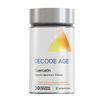

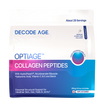

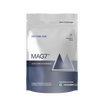







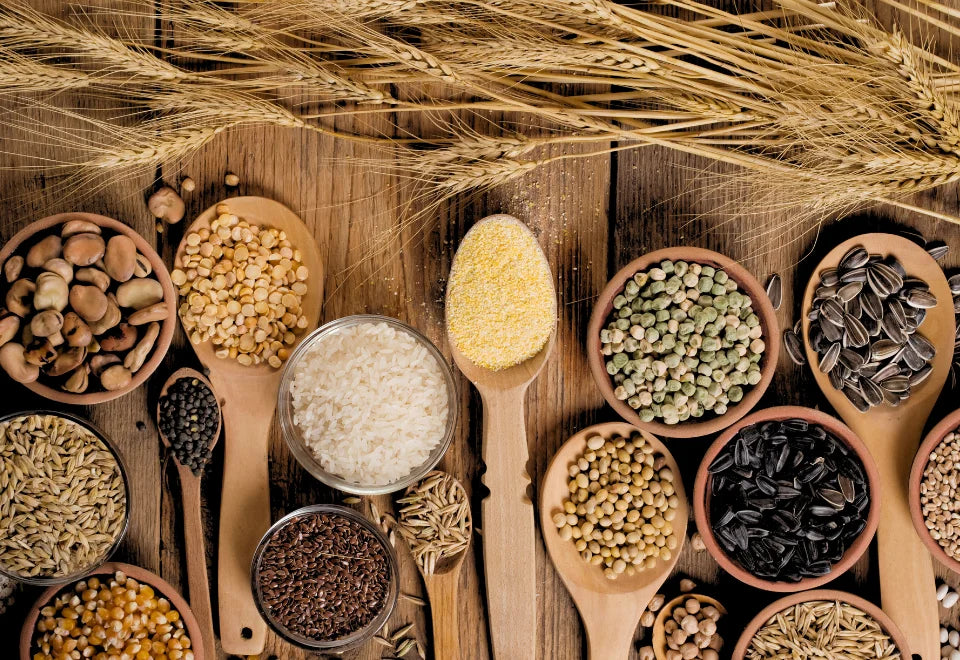
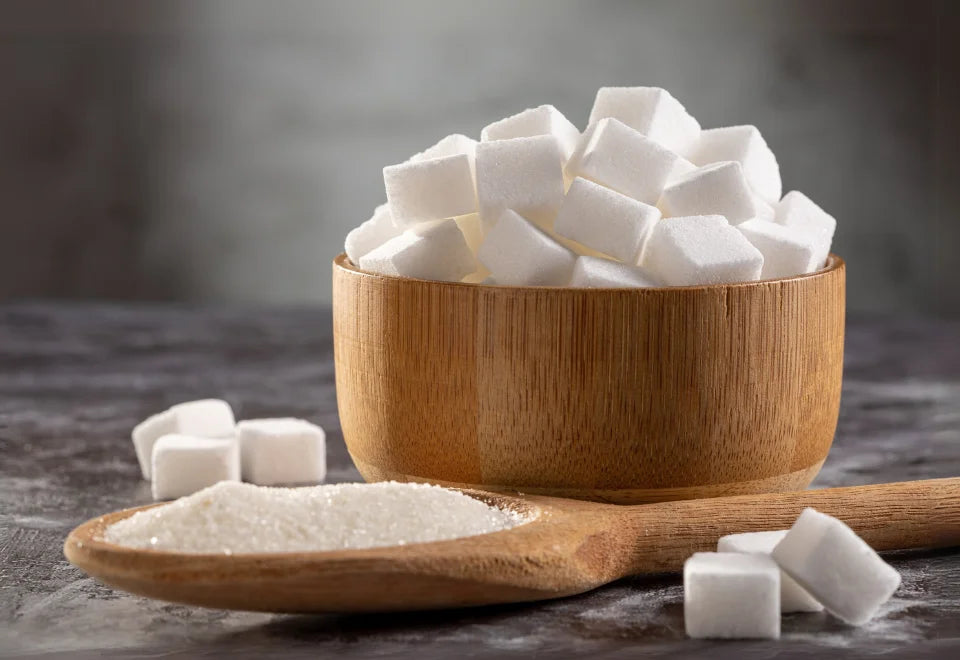
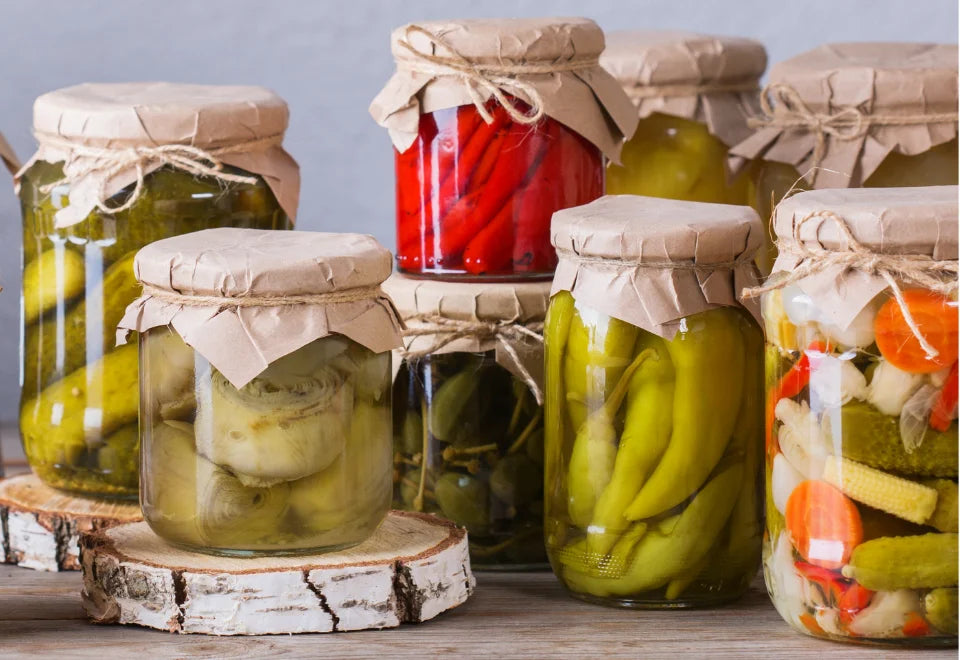

Leave a comment
All comments are moderated before being published.
This site is protected by hCaptcha and the hCaptcha Privacy Policy and Terms of Service apply.